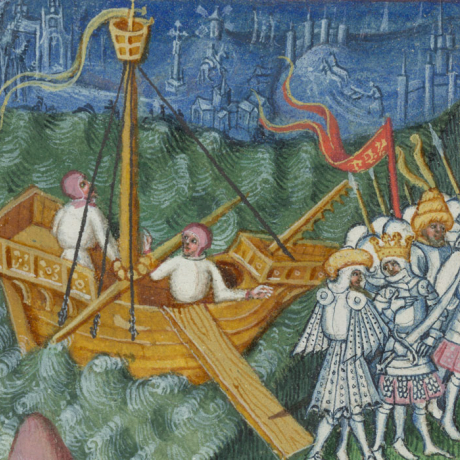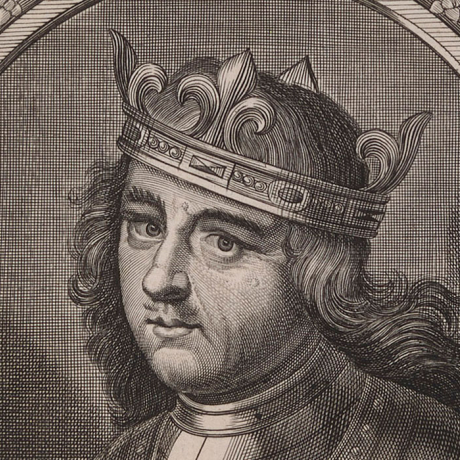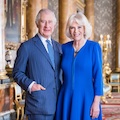Royal Archives: A guide to the collections
Published
The Royal Archives were first established in 1914, during the early years of the reign of King George V. The need for an archive for the papers of the Royal Family and the Royal Household had become evident only a few years earlier, following the death of Queen Victoria in 1901.
Previously, historic records had been stored in tin trunks, cupboards and storerooms in the various royal residences, with no appointed archivist to care for them. However, the legacy left by Queen Victoria’s 63-year reign, in the form of a vast collection of official and private correspondence, required a permanent home.
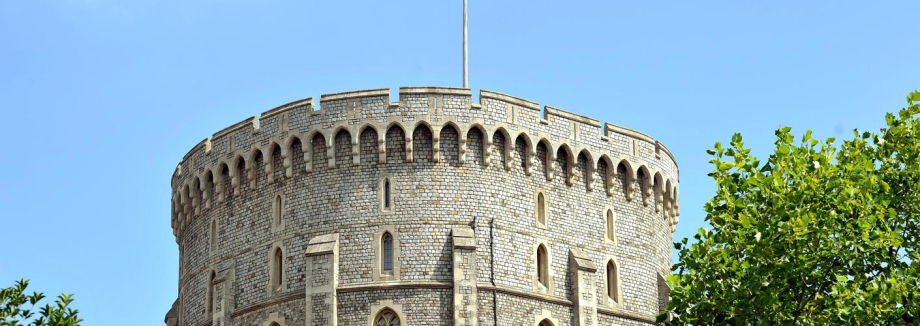
Queen Victoria’s son, King Edward VII, appointed Lord Esher as the first Keeper of the Royal Archives shortly after Victoria’s death. A few years later, following King George V’s declaration in 1912 that ‘All the Royal Archives shall be kept in a Strong Room or Rooms in the Round Tower’, work began to construct a Muniment Room in the top half of the medieval Great Hall in the Round Tower. The first records were transferred to the new Muniment Room in 1914.
The last few years have seen the Royal Archives embark on some exciting projects. In 2012, to celebrate the Diamond Jubilee of Her Majesty The Queen, all 141 volumes of Queen Victoria's Journal were digitised, transcribed and made available online at www.queenvictoriasjournals.org.
'Queen Victoria's Diamond Jubilee Scrapbook' was also launched in 2012 at www.queen-victorias-scrapbook.org. This online educational resource focused on Queen Victoria’s life and reign, in particular her Diamond Jubilee in 1897. It contains documents from the Royal Archives, paintings and photographs from the Royal Collection, as well as audio and film clips.
The same year, records of Royal Household staff from 1660 to 1924 were digitised and made available online by Find My Past at www.findmypast.co.uk.
Find out more about the collections in the Royal Archives in this downloadable guide.
Related content
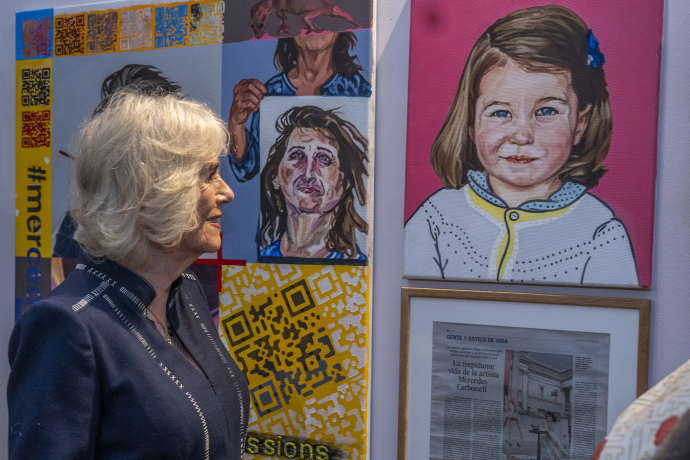
The Queen hosts authors and illustrators of the new Modern-Day Miniature Library
30 January 2024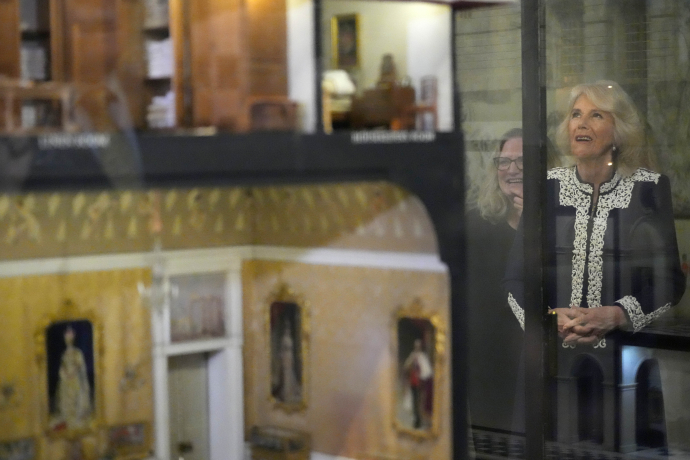
Virtual tours: Windsor Castle
A Royal home and fortress for over 900 years, Winsdor Castle, the largest occupied castle in the world, remains a working palace today. The Queen uses the Castle both as a...
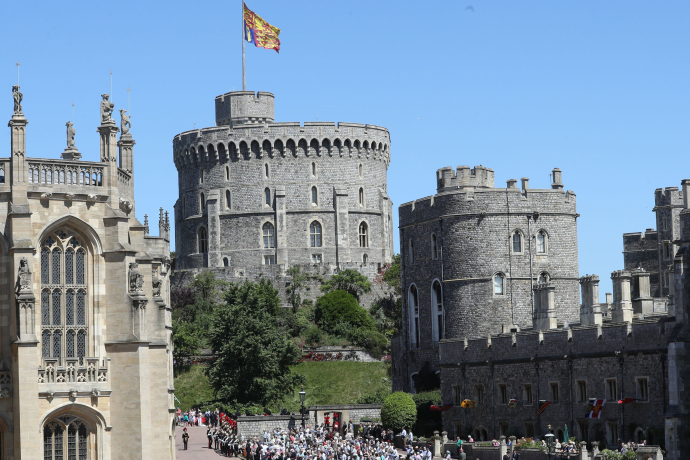
Summer Opening at Buckingham Palace
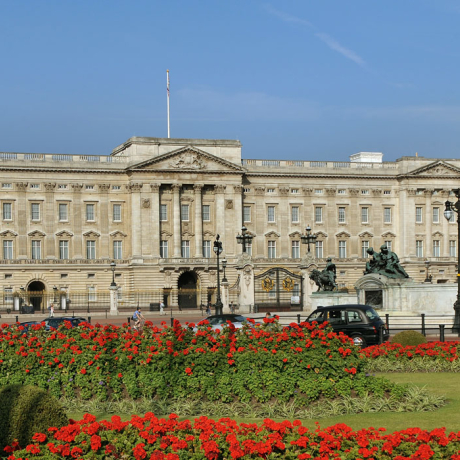
The Royal Archives and Library of Congress plan major joint exhibition exploring two Georges
Opening up the Royal Archives

Royal Archives: How to use the collections
The Royal Archives is the private archive of the Royal Family, and has housed the private papers of the monarchy from 1914, as well as significant historic material including...
Meet Brian: Visitor Operations Assistant
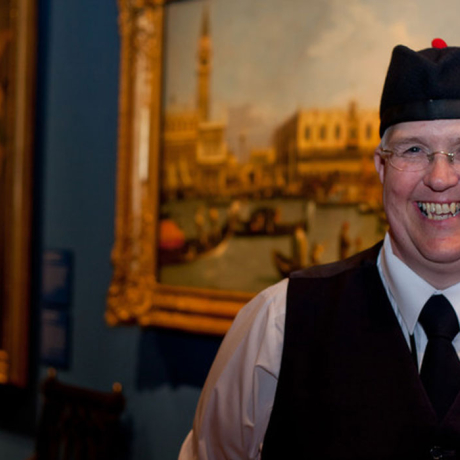
Meet Kate: Senior Curator of Prints and Drawings
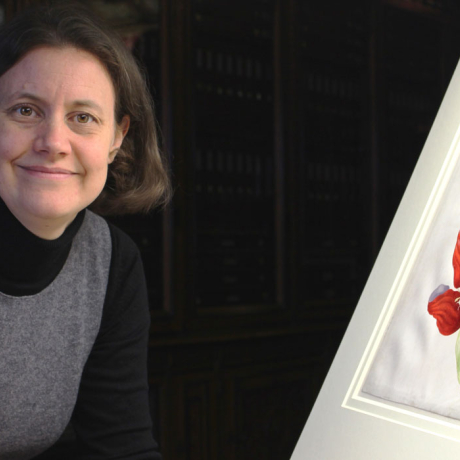
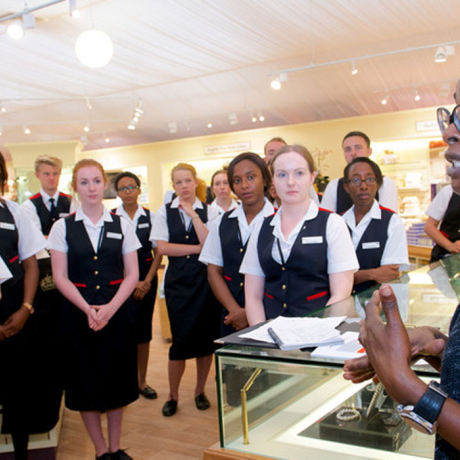
Meet Oliver: Exhibitions Assistant

William IV (r. 1830-1837)
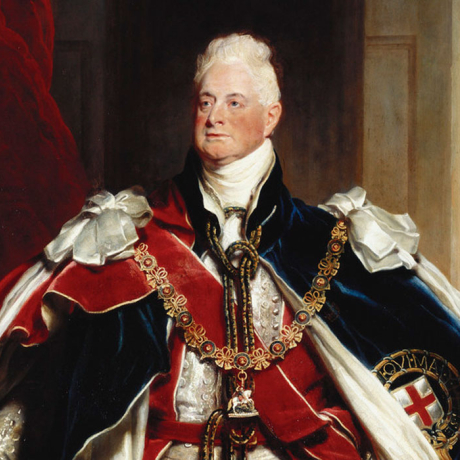
Elizabeth I (r.1558-1603)
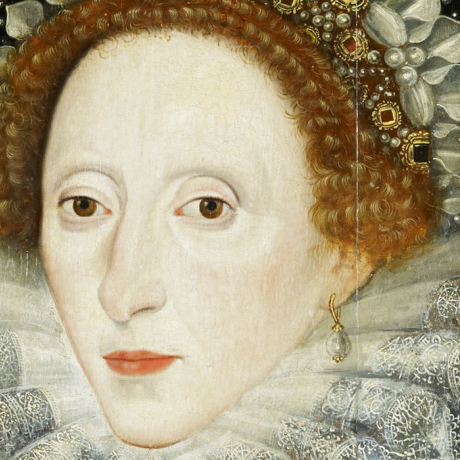
Mary I (r.1553-1558)
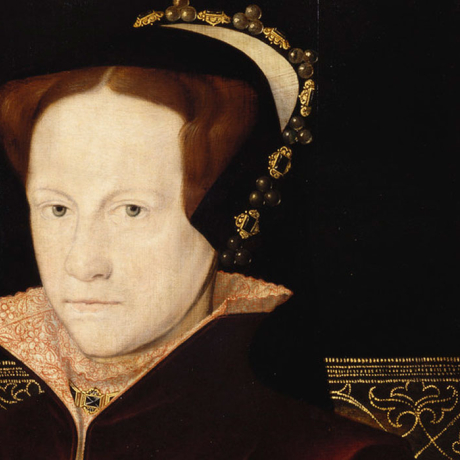
Lady Jane Grey (r. 10-19 July 1553)
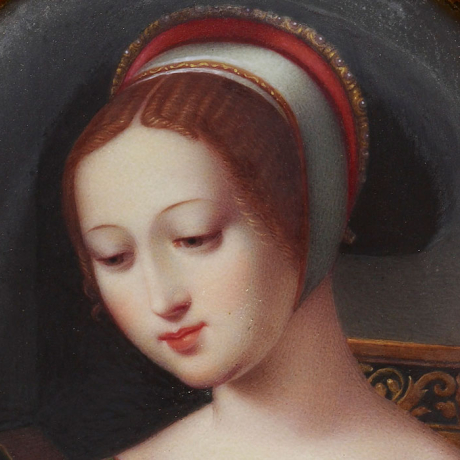
Edward VI (r.1547-1553)
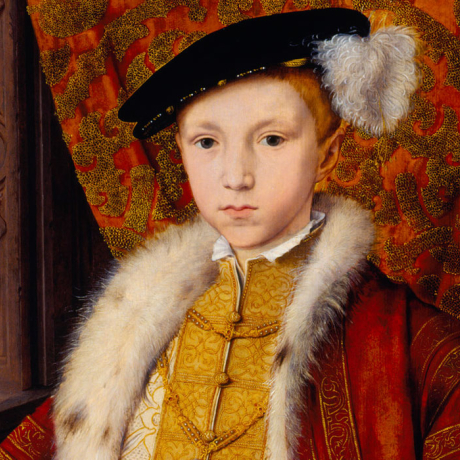
Henry VIII (r.1509-1547)
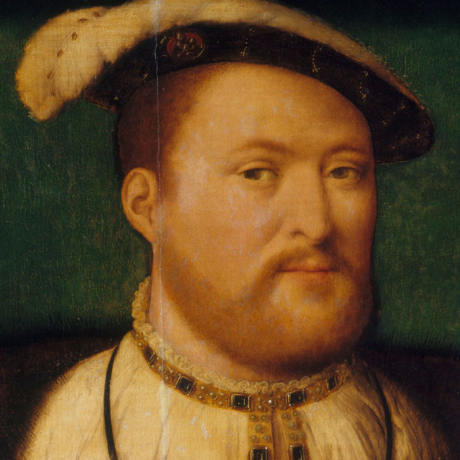
Henry VII (r. 1485-1509)
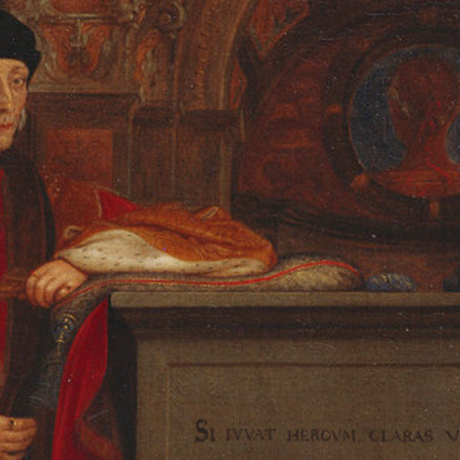
The Tudors
Richard III (r. 1483-1485)

Edward V (Apr-Jun 1483)
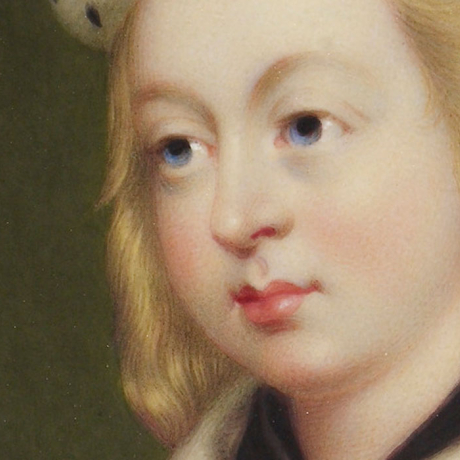
Edward IV (r. 1461-1470 and 1471-1483)
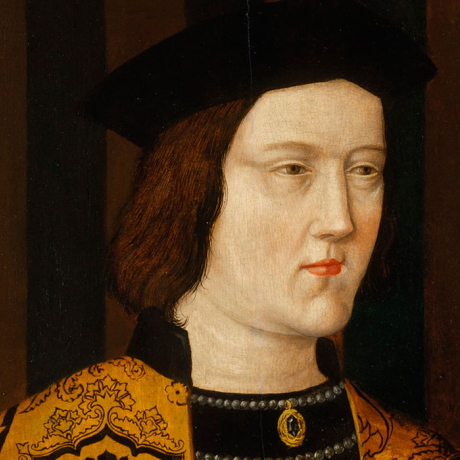
The Yorkists
Henry VI (r.1422-1461 and 1470-1471)
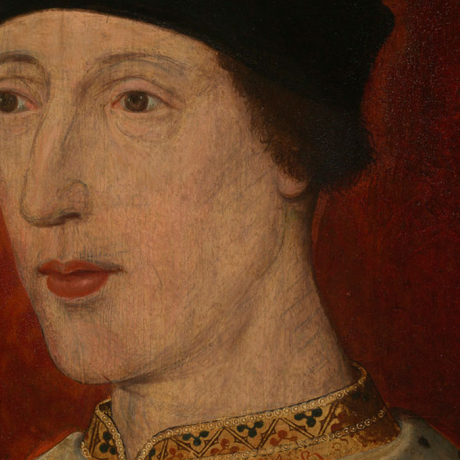
Henry V (r. 1413-1422)
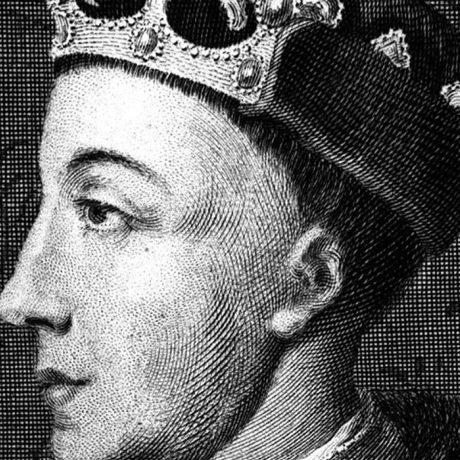
Henry IV (r.1399-1413)
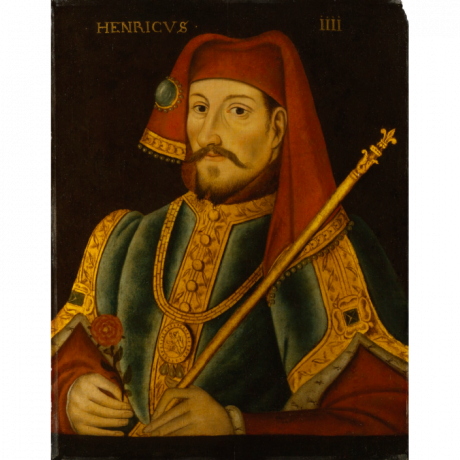
The Lancastrians
Richard II (r. 1377-1399)
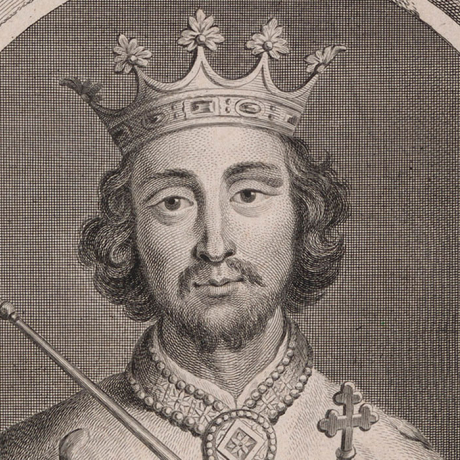
Edward III (r. 1327-1377)

Edward II (r. 1307-1327)
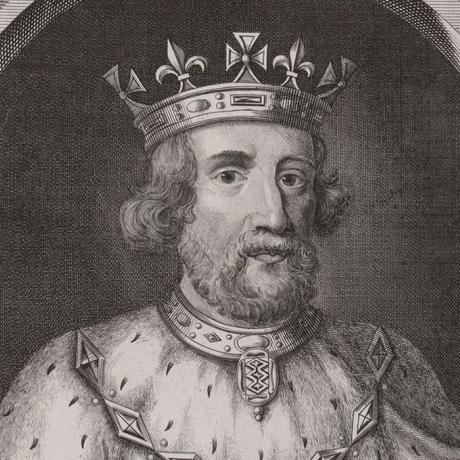
Edward I 'Longshanks' (r. 1272-1307)
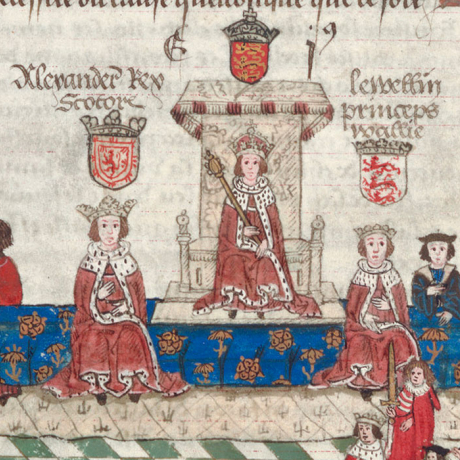
Henry III (r. 1216-1272)
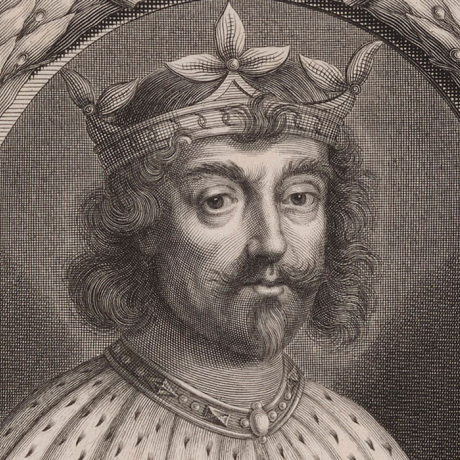
The Plantagenets
John Lackland (r. 1199-1216)

Henry II 'Curtmantle' (r. 1154-1189)
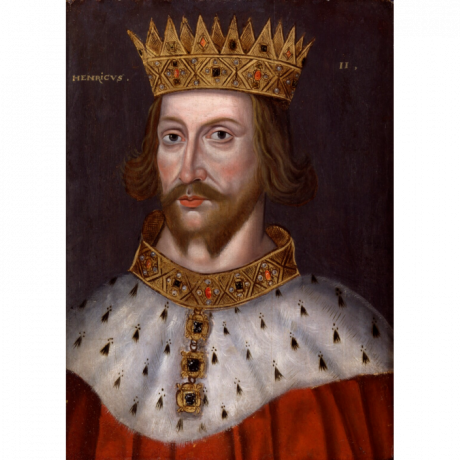
The Angevins
Stephen and Matilda (r. 1135-1154)
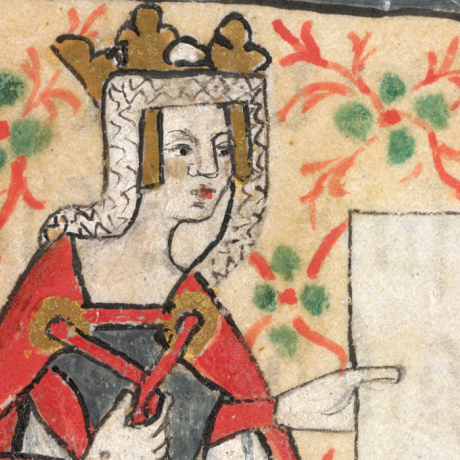
Henry I 'Beauclerc' (r. 1100-1135)
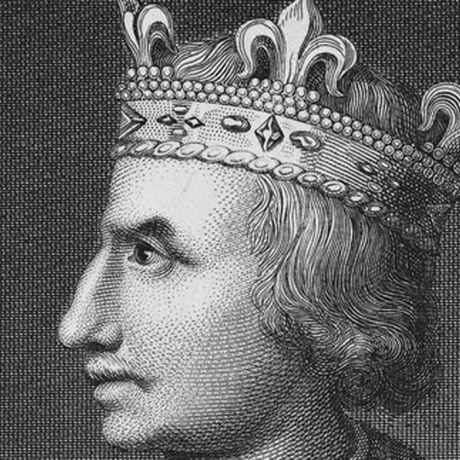
William II (Known as William Rufus) (r. 1087-1100)
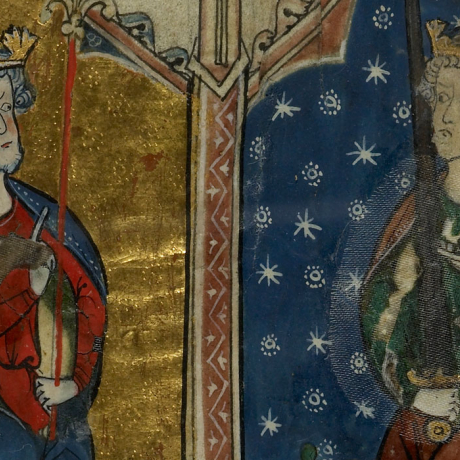
William I 'The Conqueror' (r. 1066-1087)
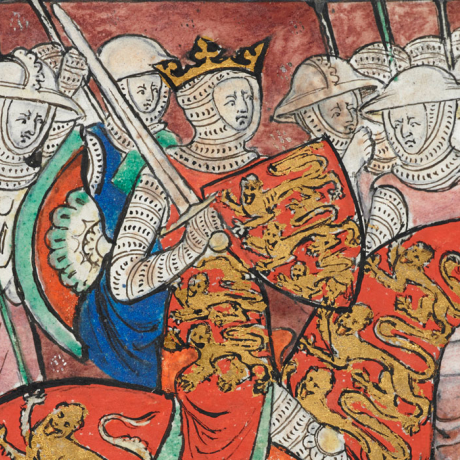
The Normans
Edgar Atheling (r. Oct - Dec 1066)
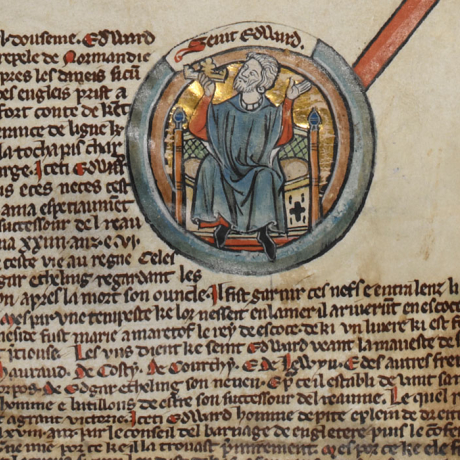
Harold II (r. Jan - Oct 1066)
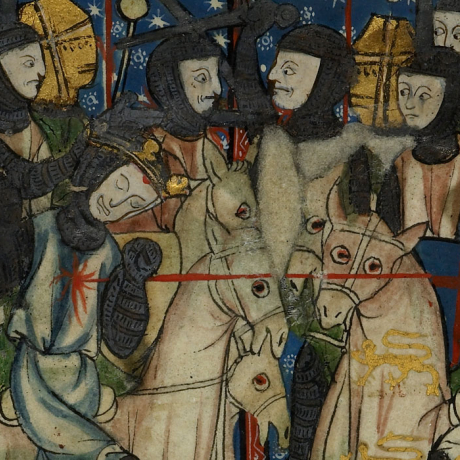
Edward III 'The Confessor' (r. 1042-1066)
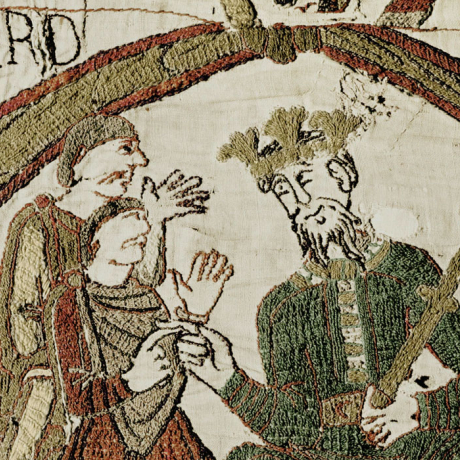
Hardicanute (r. 1035-1042)
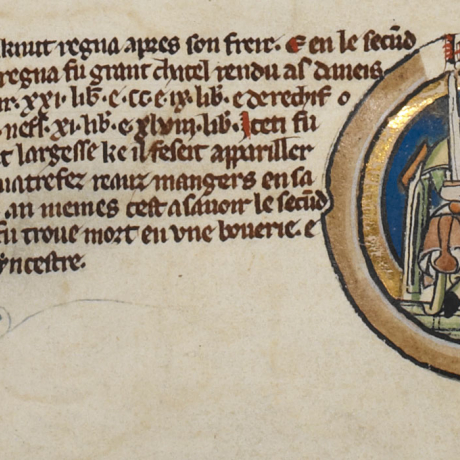
Harold Harefoot (r. 1035-1040)
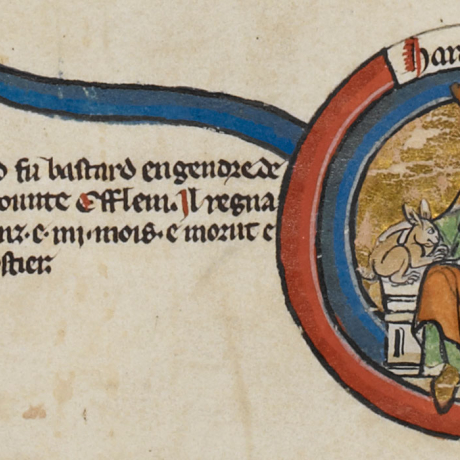
Canute 'The Great' (r. 1016-1035)
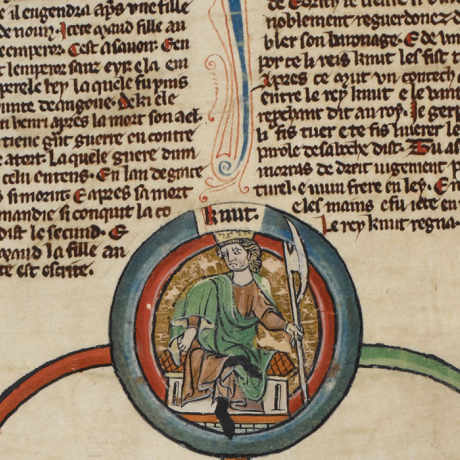
Edmund II 'Ironside' (r. Apr - Nov 1016)
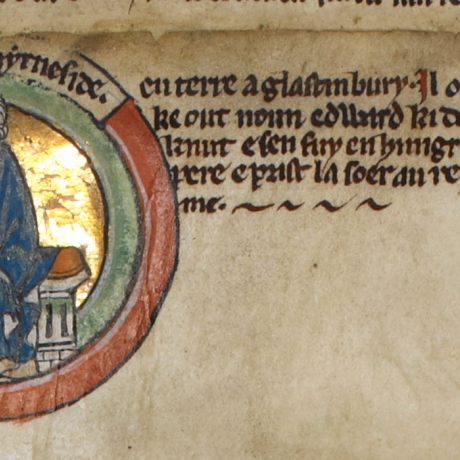
Sweyn (r. 1013-1014)
